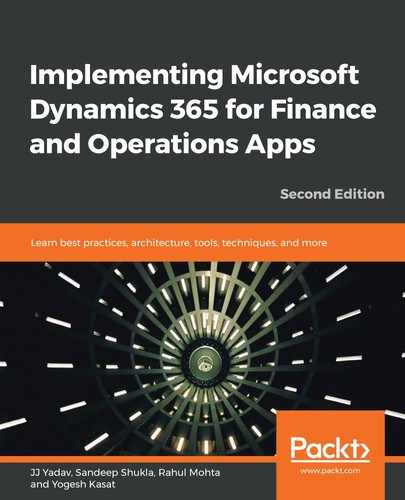As described earlier, this app is a generic app that automatically pulls mobile workspaces deployed in the customer's environment. The following are key highlights of this mobile app:
- Offline capability: You can view, edit, and operate the mobile app when your device is connected to the network and while your mobile phone is completely offline. If a user creates or updates data while their device isn't connected to the Finance and Operations server, temporary records are created in the local cache. When your device re-establishes a network connection, your offline data operations are automatically synchronized.
- Build and deploy: IT admins can build and publish mobile workspaces as per the organization's requirements. The app leverages your existing code, business logic, and security configuration. IT admins can easily design mobile workspaces using the point-and-click workspace designer that comes built in with the Dynamics 365 for Finance and Operations web client.
- Business logic extensibility: IT admins can optimize the offline capabilities of workspaces by utilizing the business logic extensibility framework. Using this, you can provide additional business logic and render support by adding a JavaScript file with the application workspace metadata.
The following screenshot provides an overview of the Dynamics 365 for Finance and Operations mobile application user interface:

The following diagram shows the various user and system interactions within the mobile application framework:

As shown in the preceding diagram, user and system interaction can be explained as follows:
- Mobile app metadata, forms, and data are all stored on the application object server. When the user logs in for the first time or pulls to refresh the dashboard, the mobile app requests the metadata, and downloads and caches the workspaces and pages.
- When the user opens the page or pulls to refresh the data on the page, the mobile app opens the form, downloads the data for the page, and caches it.
- Any operation—such as editing the data or taking an action that results in a create, update, or delete operation—goes into the queue and is subsequently executed on the AOS, with the result synchronized.
